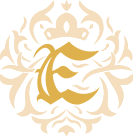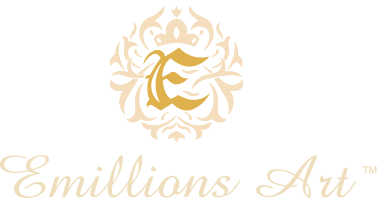As independent, highly networked, next generation art advisors we provide services that cover all aspects of art value, and are uniquely positioned to access fine art of exceptional provenance, value and collectability.
Old Masters | Modern and Contemporary Masters | Emerging Masters
By spanning such a comprehensive range, we ensure that our clients have access to a curated selection that not only reflects the legacy of artistic genius but also anticipates growth in reputation and value, from established and emerging art.



